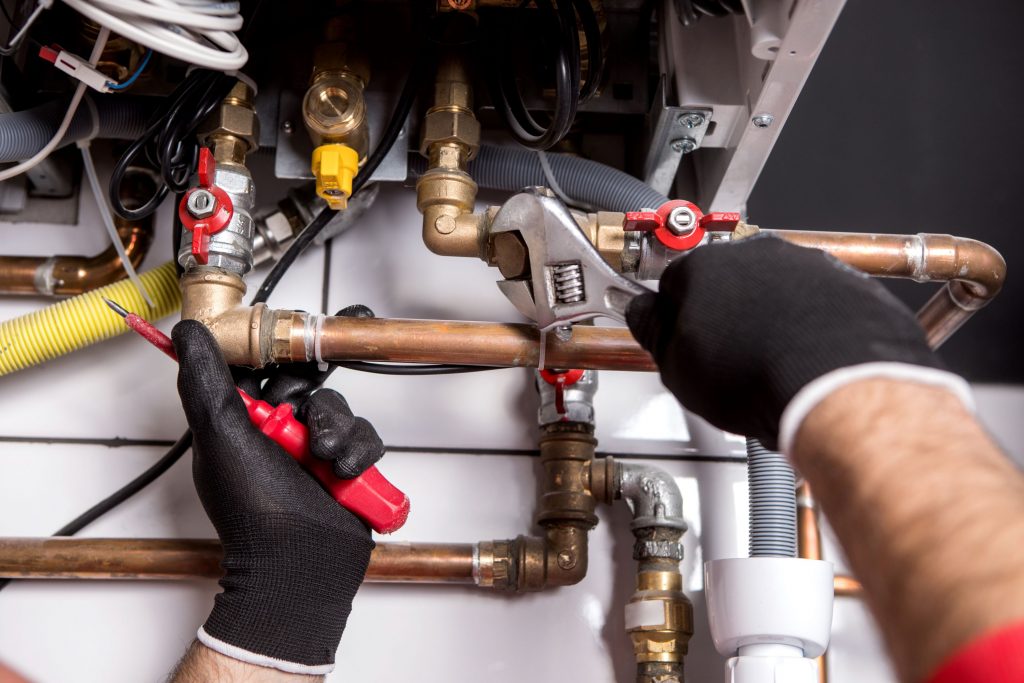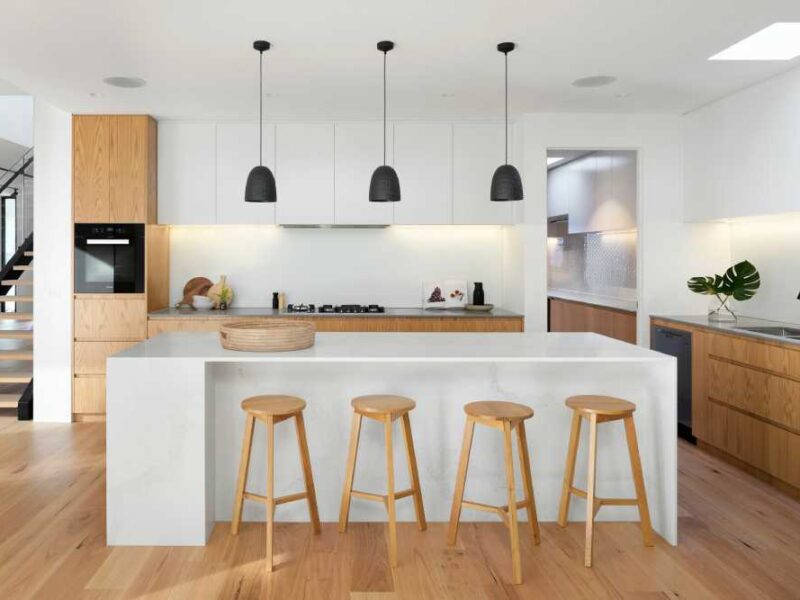Plumbing is one of many things most American homeowners usually take for granted. People don’t pay much attention to it until a problem arises. Some issues related to plumbing include malfunctioning water heaters, busted pipe leaks, faulty drainage, and so on.
But the truth is, there’s more to plumbing than a set of pipes that pulls and distributes water throughout the entire household. Plumbing systems are crucial in promoting hygiene and maintaining overall health. They ensure that you and your family have clean water for everyday use.
In other words, plumbing systems make it possible for you and your loved ones to have access to clean water. This is why plumbing systems are essential. And it’s important to keep plumbing running in good condition to prevent further issues. If you need help maintaining your plumbing systems, you may consult Northern Virginia plumbers or any in your area for professional service.

Now that you understand the importance of plumbing, you might be curious about the different types of plumbing systems out there. This post explains the various types of plumbing systems homeowners like might want to know. Keep on reading to learn more.
- Potable Water System
Also called the supply line system, the potable water system is the most common type of plumbing system. Its primary function is to transport water from different sources, like reservoirs, private wells, or municipal water systems, throughout the household.
In other words, the potable water system gives people access to water for daily use. So, how does water from different sources enter your home?
First, water will pass through a valve adjacent to the street—this curb valve is located outside your property and is owned by the local government. Then, water will enter your property’s water meter and main control valve.
Water meters and main control valves are usually installed inside your property’s basement or crawl space. If your home doesn’t have any, you can install them in a closet or utility room otherwise.
A well-designed potable water plumbing system must include a shutoff valve after the main control valve. This allows you to cut off the water supply in specific locations without affecting the rest of the household.
- What Is The Role Of Water Pressure In Potable Water Systems
Water pressure plays a crucial role in plumbing systems. It pushes the water to where it should be transported. But it must be at the right level; otherwise, pipes will leak or burst.
Normal water pressure in most households typically ranges from 30-80 pounds per square inch (psi), although water pressure should ideally be around 40-60 psi.
If your water pressure is less than the ideal range, some parts of your home may not have access to water. If it’s higher than the ideal range, some pipes might start leaking—others may burst right away and cause severe water damage.
- How Does Hot And Cold Water Exist In A Potable Water Plumbing System
The main line of the potable water system is called the cold-water line. Every homeowner should invest in high-quality plumbing and cooling hoses to make sure there are no problems in the near future. From here, a pipe will branch off to your water heater—this is a second parallel pipeline called the hot water line.
Two more pipes will branch off from your hot water line, creating separate water lines—hot and cold. These pipelines are usually hidden like a snake through your ceilings, walls, and fixtures.
- Plumbing Fixture Systems
This type of plumbing system focuses on different plumbing fixtures throughout your home, called the plumbing fixture system.
Many plumbing fixture systems involve bathtubs, toilets, sprinklers, dishwashers, washing machines, showers, and sinks. These plumbing fixtures are either connected to a temporary or permanent water supply line and drainage—not all of them need both.
For example, a toilet requires a cold water line, a dishwasher requires a hot water line, and a shower requires both.
- What Is The Role Of Air Chambers In Plumbing Fixture Systems
Most plumbing fixtures require air chambers. The main purpose of these small vertical pipes connected to secondary water lines is to create an air cushion that’ll trap constantly rushing water while the water line is not in use.
Without air chambers, a sudden shutoff might produce extreme pressure in the water system. This could eventually lead to pipe leakages and bursts.
- Drain-Waste-Vent System
The drain-waste-vent (DWV) system is a type of plumbing system located underneath the floor and within the wall of a house. It consists of a series of pipes designed to collect and remove wastewater from your home.
Wastewater is a result of everyday household activities, such as:
- Showering;
- Handwashing;
- Laundry;
- Flushing of toilets; and others.
Unlike other plumbing systems, the DWV system doesn’t require water pressure. Instead, it carries the waste out of your property’s main water line through gravity.
- What Is A P-Trap
A P-trap is a P-shaped drainpipe connected to a plumbing fixture. It’s specifically designed to create a trap seal—water trapped within the pipe that prevents sewer gases and small critters from entering your home.
You might be familiar with an S-trap as well. It’s another type of drainpipe that functions like a P-trap. However, the trap seal it creates isn’t enough to prevent sewer gases and small animals from entering your home. That’s why the United States or U.S. Uniform Plumbing Code considered it illegal.
- Stormwater Drainage System
The stormwater drainage system collects and redirects rainwater away from your home. It transports water to a storm sewer—sanitary waste sewer in some areas.
Gutters play a crucial role in the stormwater drainage system too, so it’s essential to keep them in good condition. Otherwise, severe water damage issues might occur. For instance, a damaged gutter might allow rainwater to enter your home.
Nonetheless, how would you know whether your gutters require repairs or replacements? Here are some signs to look for:
- Peeling paint;
- Cracks and splits in the gutter;
- Sagging gutter;
- Issues regarding foundation;
- Water damage around the gutter;
- Overflowing stormwater; and others.
If these signs suddenly appear, call an expert plumbing or roofing service provider as soon as possible. They may either repair the damage or replace the entire gutter system (if simple repairs aren’t possible).
Final Words
An effective plumbing system is essential to your home. It transports clean water throughout the household and carries wastewater away from home.
Although plumbing seems plain and simple, it can be complicated, especially for first-timers. If you need plumbing services, don’t hesitate to call your local plumbers for help. Check out Inner City Plumbing if you are interested in plumbing.



